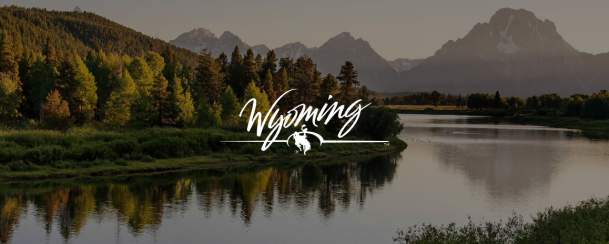Wild horses have always been symbols of the West, living examples of a wide-open landscape and an untamed frontier spirit. Horses were first seen in this country about 10,000 years ago, but for unknown reasons became extinct. They were not seen again for another 9,000 years when the Spanish reintroduced them in the 1500’s.
Current herds are descendants of those Spanish horses along with animals turned out by ranchers or enticed away from ranches by wild horse herds. The three easiest places to view wild horses are in the Pryor Mountains, outside of Lovell, in southwest Wyoming near Rock Springs, and the Wild Horse Sanctuary located on the Wind River Indian Reservation.
At the Pryor Mountain Wild Mustang Center, you can learn more about the horses in the museum, as well as their current location, before driving out to find the herd. Bighorn sheep, mule deer, coyotes, and other birds and animals can also be seen in this area.
Experience the wild horses on the Pilot Butte Wild Horse Scenic Loop Tour. Listen for the sound of hooves pounding. Look for manes flying in the wind. The Pilot Butte Wild Horse Scenic Loop Tour is something you and your family will never forget.
Enjoy a real wild mustang horse tour at the Wind River Wild Horse Sanctuary where you’ll learn about indigenous horse culture at the visitor center’s interpretative display. In addition to the wild horses in these locations, visitors have a chance to see an abundance of wildlife and take in some of the best scenic vistas in Wyoming.
Most wild horses in Wyoming are located in the southwestern quarter of the state. The Rock Springs BLM is the headquarters of the Wild Horse Program in Wyoming. The appropriate management level for wild horses in Wyoming is approximately 6,000. 2,500 of these horses are in the Rock Springs District. Federal and private lands form a checkerboard pattern in the Rock Springs District. The existence of the herds of wild horses is a credit to the private landowners of this area who do not fence their land, thus allowing the horses to wander as necessary for food, water, and shelter in the winter as nature provides.
The Bureau of Land Management (BLM) conducts a periodic census of the wild horses to determine how many animals must be removed from the range. As a result there are fewer cases of injury or death from starvation, dehydration, and susceptibility to the elements. The horses are gathered at various times throughout the year.
Wild horses have no true natural predators other than an occasional mountain lion. As a result, populations can increase at a very high rate. This rate of increase is generally about 20% per year, with good years topping 40%. When populations of wildlife, wild horses, and domestic livestock exceed the capabilities of their habitat, the environment begins to suffer. If prolonged, it leads to poor rangeland and an overall decline in the health of the wild horses.

